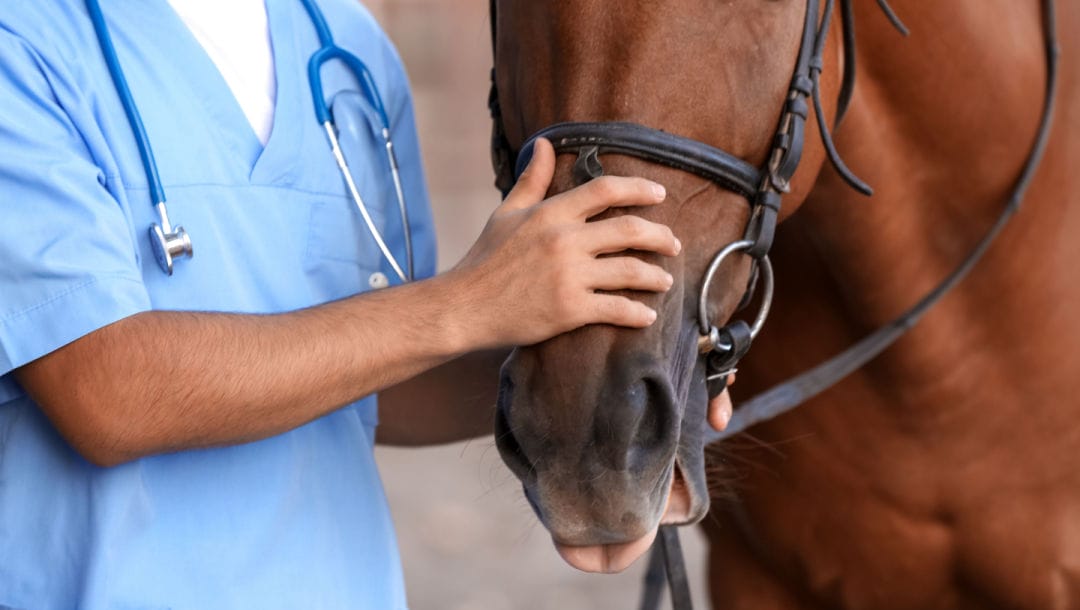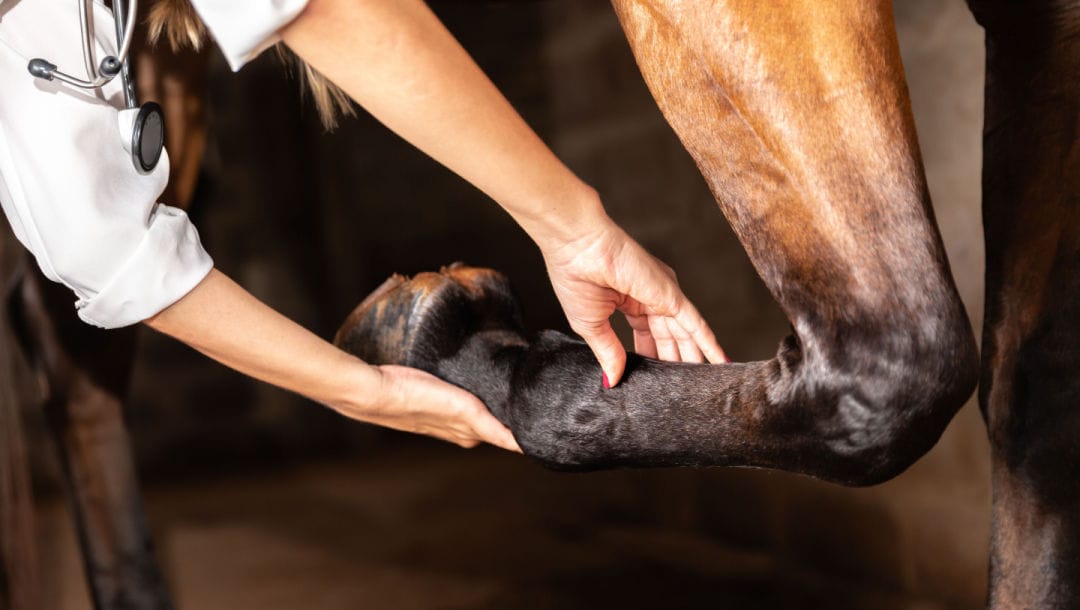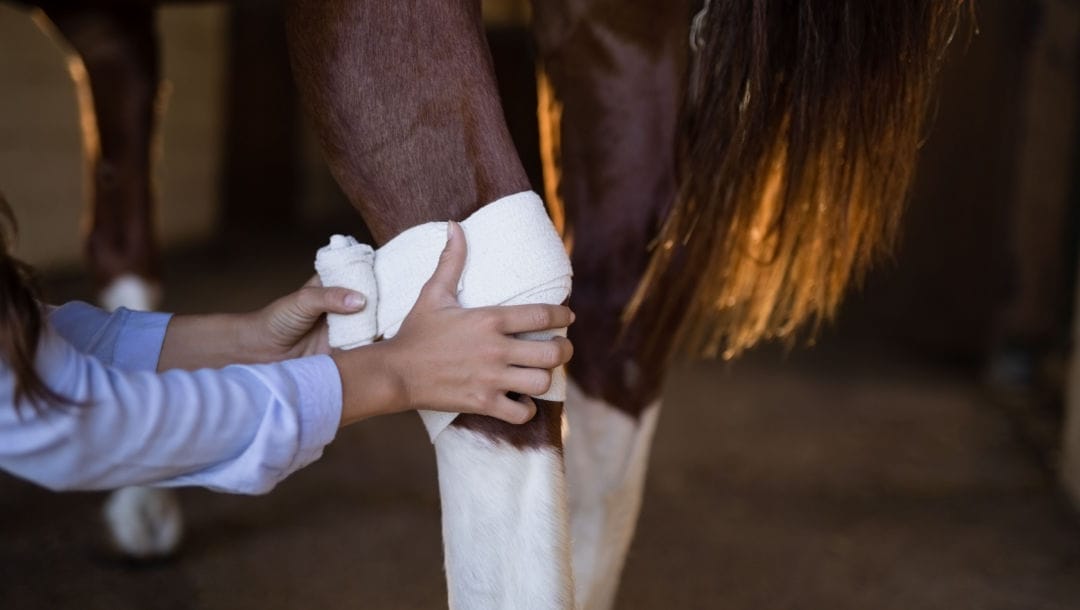If you’re an online sports betting fan or experienced in horse racing betting, then you’ve most likely watched your fair share of races over the years. While the majority of races go according to plan, an unfortunate aspect of racing is that some horses do fall on the track.
Racehorse falls are more common in races that involve jumps rather than flat tracks. The severity of the fall and the consequent injury to the horse and/or jockey will determine what happens from this point.
As with all sports, injuries do occur. However, it’s rare to see several horses falling in the same race, so while it can happen, they are a rare occurrence. You can find out what happens when no horses cross the finish line here.
Steps Involved When a Horse Falls
Let’s look at what happens when a horse falls in a race and go over some of the most common injuries in racehorses.
1. Can the Horse Walk?
The first few moments after a fall in a horse race are undoubtedly the most nerve-wracking – owners, trainers, spectators and medics hold their breath to see the extent of the fall. In some cases, falls are not as bad as they looked, with the horse and jockey coming through free from injury.
If the horse is able to stand and walk after a fall, it will then be led off the track to somewhere quiet where a veterinarian can take a closer look to ensure that everything is alright. The jockey will be seen by medics to get the all-clear, too.
Ultimately, this is the best-case scenario and the outcome that everyone hopes for after a fall. Unfortunately, this isn’t always the case.
2. The Curtain Is Erected
If a horse doesn’t stand back up after a fall, a curtain is usually erected around where it has fallen. This curtain has many different uses: it allows vets to do necessary tests on the horse away from the public eye; it removes outside distractions and helps to calm the horse down; it indicates where a horse has fallen and if a fence is involved, then that fence won’t be in the next race; and finally, it protects the public from what can be distressing developments.
The curtain doesn’t always mean that a horse is critically injured or that it will be euthanized. In some cases, it simply indicates that a serious incident has occurred.
3. The Horse Is Assessed
Racehorses are built for speed and are bred to be lightweight. This usually means that their bones are more susceptible to breakages. Obviously, a racehorse won’t be able to continue working with a broken leg.
If the extent of an injury is not immediately obvious, vets take the time to do all the necessary tests to ensure they know exactly what the problem is so that they can take the appropriate next steps. Sometimes a horse could simply be winded, which is why they cannot stand for a time. In this case, the horse just needs some time for its chest muscles to stop spasming before it can stand up and walk off.
Horses that have bone bruises or something similar will also normally get up in time, although they will often present as lame when trying to walk off the track.
4. The Best Course of Treatment Is Decided
A veterinarian will be able to tell within a relatively short amount of time just how serious an injury is. If it’s bruising or muscle damage, a horse will usually recover in time. So a shot of painkillers and anti-inflammatories is usually administered before the horse walks off or is removed.
In some cases, unfortunately, injuries are so severe that the best course of action for the horse is simply euthanasia. Although this is the last resort, it’s always best to put the animal out of the distress of what is bound to be a painful injury with little hope of recovery.
A lethal injection is the most modern method vets use to euthanize racehorses.
What Are the Most Common Horse Racing Injuries?
Life-Ending Injuries
Unfortunately, there are injuries that are serious enough to warrant euthanasia. These include:
- Bone fractures
- Bone breaks
- Catastrophic rupture of tendons or ligaments
Non-Critical Injuries
Some of the more common injuries that racehorses experience are not life-threatening and can be healed in time. These injuries are no different from the frequent injuries seen in sports like soccer, where players use their legs more than any other body part.
Some of the most common injuries to racehorses include:
- Sore muscles
- Inflamed joints
- Suspensory ligament damage
- Deep digital flexor tendon injuries
- Bone bruises
Get More Horse Racing Knowledge With BetMGM
The number of horses that get injured in horse racing has decreased dramatically thanks to new laws and technologies that help prevent injuries. At BetMGM, we want all of our bettors to be equipped with as much knowledge as they’d like on horse racing. We offer tips, tricks and insights on our blog.
Register with BetMGM for NYRA bets and much more.




